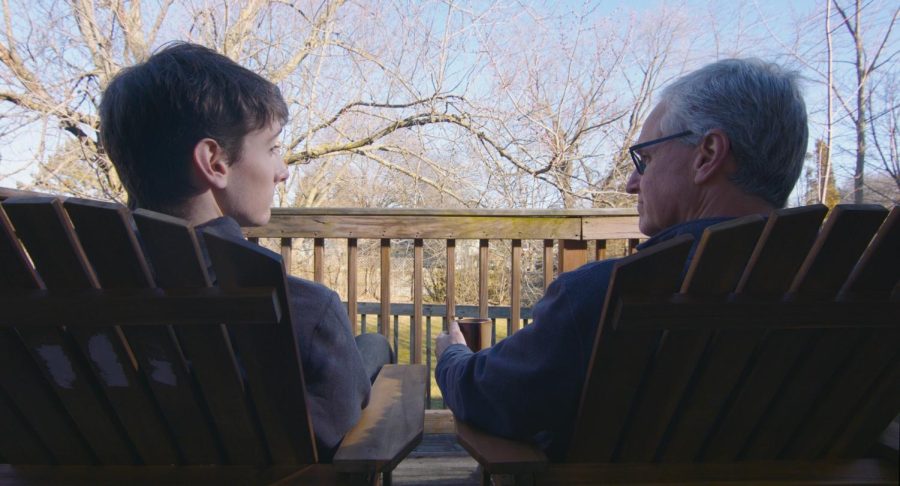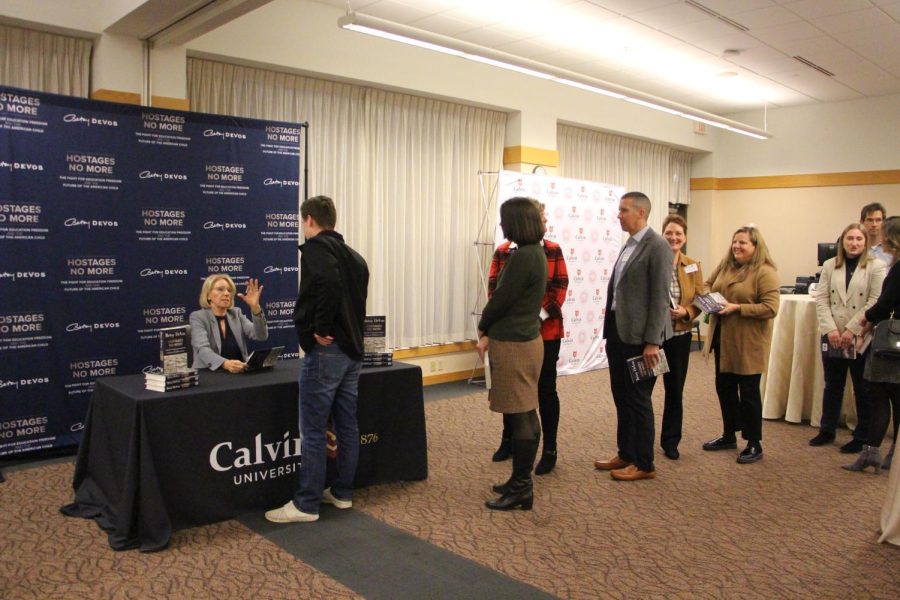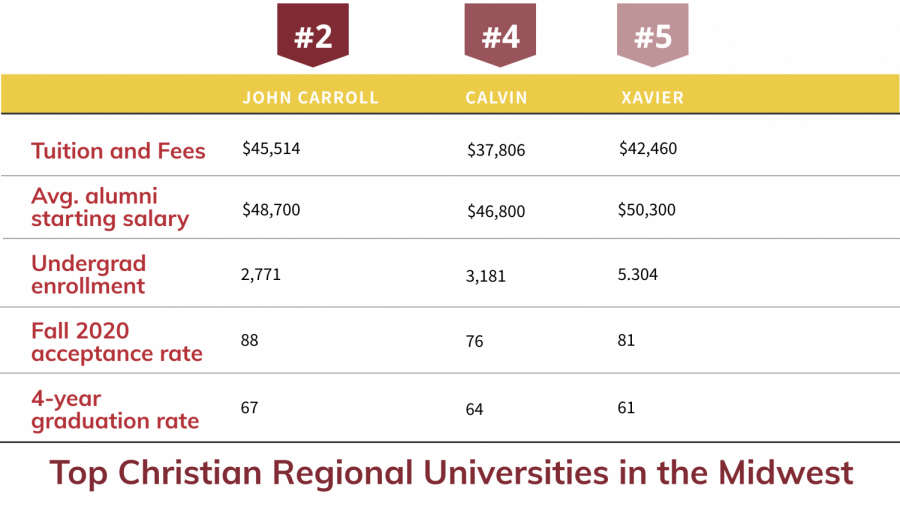When John Adriance does research in his apartment in Knollcrest East, the on-campus wireless Internet connection can’t keep up.
“My housemates and I notice that the Internet stops working at least two times an hour,” he said.
Christian Balcer, who lives in the dorms, has had similar problems.
“At times, Internet speed is great and it takes little time to load new pages, download files, etc. At other times, it is useless,” he said. “My laptop will have a connection, but it becomes excruciatingly slow and I have trouble getting things done.”
While many students — like Adriance and Balcer — experience problems with the Internet, most choose only to voice their frustration among friends or on social media.
But according to Michael Mandeville, Helpdesk Analyst at Calvin Information Technology (CIT), only about 200 students have filed formal complaints this school year. Mandeville says that CIT needs more formal complaints in order to justify more funding for network upgrades and infrastructure.
Despite this lack of formal complaints, CIT has taken steps to understand the problems and to address concerns about Internet speed and reliability.
Calvin’s Internet connection has been under strain since the beginning of the school year, largely because students are bringing more Internet-connected devices to the dorms and apartments, such as phones, tablets, laptops and game consoles and even some recent televisions.
Last year, students brought an average of 2.3 devices, but that average increased to 5.3 devices per student this year.
As well, each device is using more bandwidth than in the past. Streaming media applications, like Netflix, Spotify, YouTube and Hulu make up more than 50 percent of Calvin’s Internet traffic.
The introduction of HD video has meant a drastic increase in the amount of bandwidth streaming video uses, since HD video is typically over six times the size.
Last Monday, over 1.28 terabytes, the equivalent of about seven times the content of the Hekman Library’s print holdings, was transferred over the CalvinStudents wireless network.
The net effect of having more devices using more bandwidth on the network is that Calvin’s Internet uplink is being used to capacity. Mandeville explains the situation using a highway metaphor. “We used to be a 3-line Interstate with huge shoulders,” he said. “We added more lanes, and now we can’t move.”
CIT has taken action to resolve the bandwidth issues. During Christmas Break, a network device which distributes bandwidth fairly among Calvin’s users was replaced, which is able to allocate Calvin’s bandwidth more accurately as well as give CIT a better picture of Calvin’s Internet usage.
“We’re able to watch stuff better, and make sure we’re prioritizing things correctly,” Mandeville said about the upgrade.
As well, Mandeville is hopeful that an increase in Calvin’s total Internet bandwidth from 300Mbps to 500Mbps will happen within the next few months.
This increase in bandwidth is more complicated a process than ordering more from Calvin’s Internet service provider, because several components of Calvin’s internal network infrastructure also need to be upgraded at the same time to handle more traffic.
While the issues persist, students and CIT alike are frustrated with a lack of communication in both directions about the problem. “I have no idea what Calvin is doing to fix the problem,” said Balcer.
At the same time, Mandeville explained how he needs evidence in the form of support requests from students in order to justify expensive network upgrades.
“I need everyone to fill out their own individual web form,” he wrote in a letter sent to students who submitted a complaint in the fall.
As a way to work around Internet issues in on-campus housing, Mandeville recommended that students use a wired connection whenever possible. “You’re going to have a much better experience plugged in at your dorm than over wireless,” he said.







